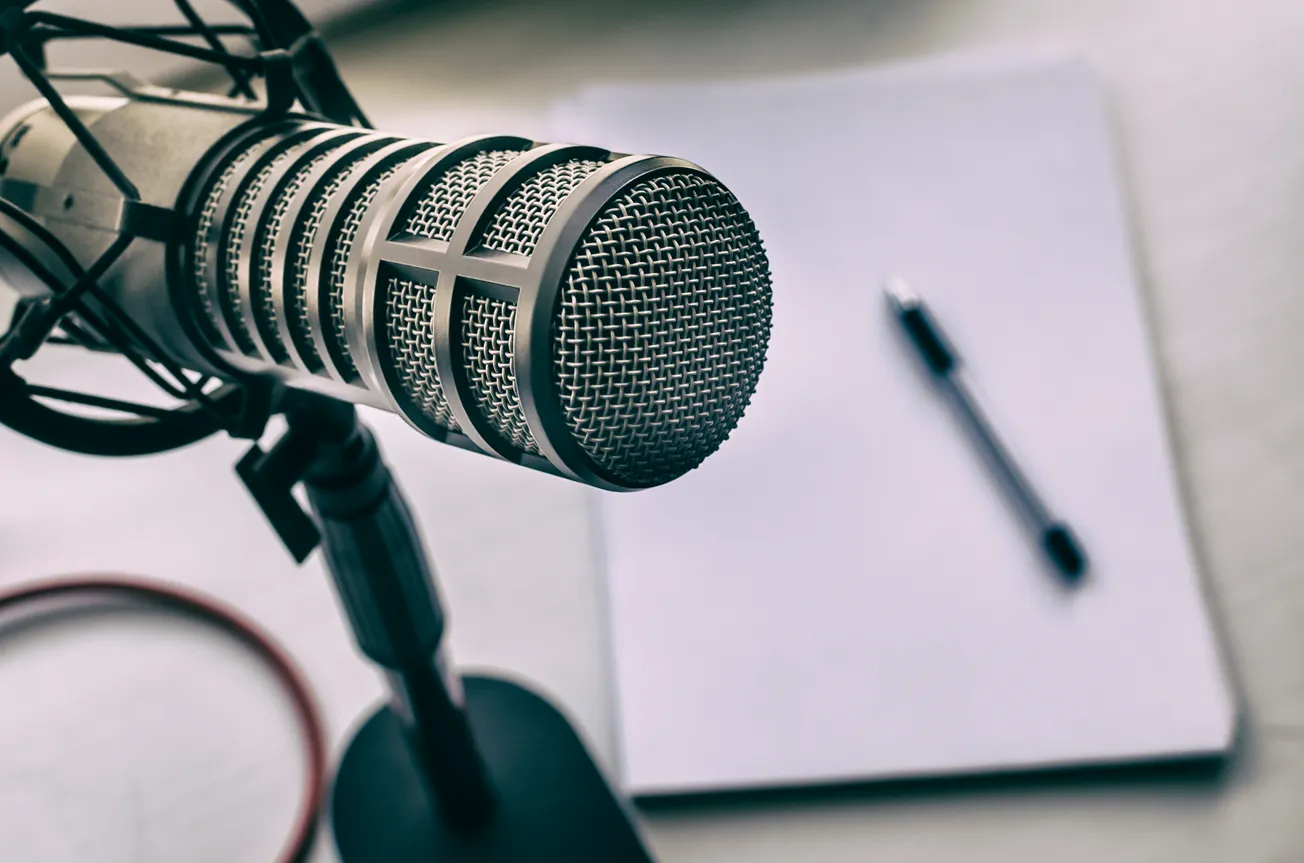A microphone is an electroacoustic device that transforms sound waves into electrical signals for recording, broadcasting, or amplification. For podcasters, choosing the right microphone is critical, as audio quality can determine listener engagement.
Achieving a professional sound is possible even with a DIY budget, and the right equipment and techniques are key. The goal is to produce a podcast that sounds so good the audio quality goes unnoticed.
Understanding Microphone Types
Different microphones offer different levels of sound quality and noise control. The two main types used for podcasting are:
- Dynamic Microphones - These are durable and ideal for reducing background noise in untreated rooms. They are best for beginners or those recording in various spaces.
- Condenser Microphones - These are more sensitive and detailed, capturing a wider vocal range. They work best in sound-proofed locations but pick up background noise more easily.
Essential Features of a Good Podcasting Mic
USB vs. XLR microphones:
- USB Microphones - Plug-and-play, easy for beginners, and do not require extra equipment.
- XLR Microphones - Higher audio quality but require an audio interface or mixer, making them better for more experienced setups.
When choosing the right microphone for podcasting, consider its pickup pattern, or polar pattern:
- Cardioid is best for solo podcasters and captures sound from the front while reducing background noise.
- Omnidirectional picks up sound from all directions, making it ideal for multi-person setups without several mics.
- Bidirectional is good for interviews and captures sound from the front and back, rejecting sound from the sides.
Built-in and external microphone accessories also play a part in optimizing sound:
- A pop filter reduces plosive sounds like "p" and "b."
- A shock mount minimizes vibrations from desk movements.
Some microphones include these features, but others require external add-ons.
Optimizing Your Recording Space
Recording in non-professional environments like a bedroom poses challenges. It is important to minimize background noise and room reflections. This can be achieved by positioning the microphone closer and making adjustments to the room's acoustics:
- Record in a quiet room to minimize background noise.
- Use soft materials like carpets, curtains and foam panels to reduce echoes.
- Position the microphone correctly, about 6-12 inches from your mouth, for clear audio.
Best Microphones for Podcasting
For different budget levels, there are several great microphone options from Shure:
- Under $100: Shure MVL - Plugs into portable devices via headphone jack.
- $100-$150: Shure MV7 (USB/XLR) - Feature high-quality sound with built-in processing.
- $300+: Shure SM7B (XLR) - The industry standard for top-tier podcast audio.
Our studio primarily uses Shure SM7dB and VP82 studio mics.
For podcasters, a microphone is the primary tool for connecting with the audience. Your mic choice depends on your recording space, budget and experience. Understanding the nuances of different microphone types and the importance of room acoustics can greatly enhance the podcast's sound quality. With the right setup, even amateur podcasters can achieve a sound that rivals professional broadcasts, making their content more appealing to listeners.









